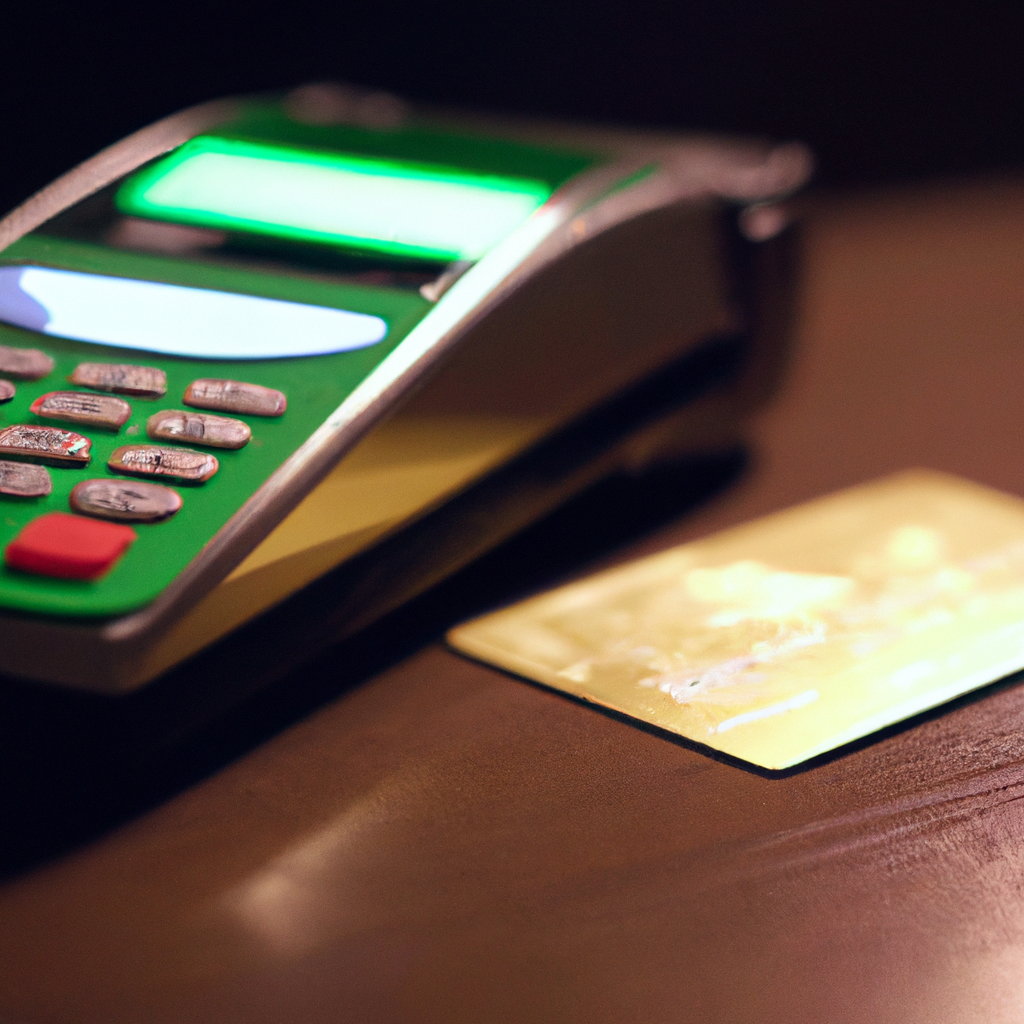Credit cards have become an integral part of our lives, with most of us carrying at least one in our wallets. Credit card machines, also known as credit card readers, are used to process payments made through credit cards. These machines are ubiquitous, found in almost every store, restaurant, and business establishment. How do these machines read a credit card? In this article, we’ll explore the workings of a credit card machine and how it reads a credit card.
Understanding Credit Card Machines
A credit card machine is a device used to process payments made through credit cards. When a customer swipes or inserts their credit card into the machine, it reads the data on the card to authorize the transaction. Credit card machines can read credit cards in different ways, depending on the type of card and the technology used.
Reading a Credit Card with a Magnetic Stripe
Most credit cards have a magnetic stripe on the back, which contains the customer’s account information. When a credit card machine reads a credit card with a magnetic stripe, it uses a magnetic head to read the data stored on the stripe. The data is then transmitted to the payment processor for authorization.
Reading a Credit Card with an EMV Chip
EMV (Europay, Mastercard, and Visa) chips are embedded in credit cards to provide additional security. When a credit card machine reads a credit card with an EMV chip, it uses an embedded microprocessor to read the data stored on the chip. The chip generates a unique code for each transaction, which is more secure than the data stored on a magnetic stripe.
Contactless Payment
Contactless payment is a method of payment that allows customers to pay for goods and services without physically swiping or inserting their credit card. Instead, they can tap their card or mobile device on a contactless payment terminal. When a customer uses contactless payment, the credit card machine reads the data stored on the card’s chip or the mobile device’s NFC (Near Field Communication) chip. Contactless payment is becoming increasingly popular due to its convenience and speed.
Payment Processing
Once the credit card machine has read the data on the credit card, it sends the data to the payment processor for authorization. The payment processor verifies the cardholder’s information and checks for available funds. If the transaction is authorized, the payment processor sends a message back to the credit card machine to complete the transaction.
Conclusion
In conclusion, credit card machines read credit cards in different ways, depending on the type of card and the technology used. Magnetic stripe cards are read using a magnetic head, while EMV chip cards are read using an embedded microprocessor. Contactless payment allows customers to pay for goods and services without swiping or inserting their credit card, and it is becoming increasingly popular due to its convenience and speed. Once the credit card machine has read the data on the credit card, it sends the data to the payment processor for authorization. Credit card machines have made it easier and more convenient for customers to pay for goods and services, and understanding how they work is important for both customers and business owners alike.







